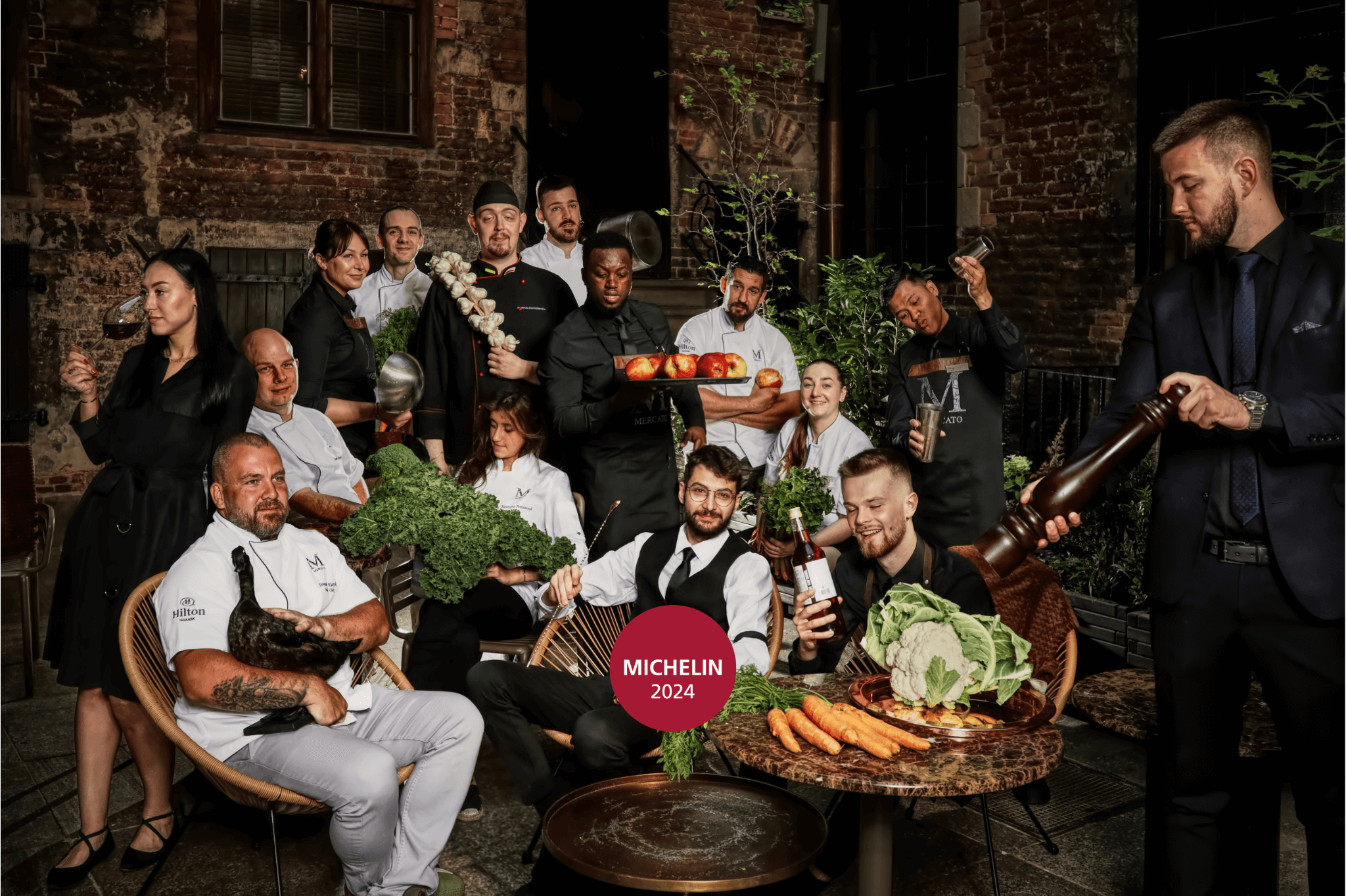The history of Gdańsk and all other cuisines is a history of loss. Who remembers today that there were more than 18 different markets in Gdańsk? That over 2000 tons of crayfish were sold outside the city gates? Or that the streets of Gdańsk were adorned with scales for weighing purchased goods?
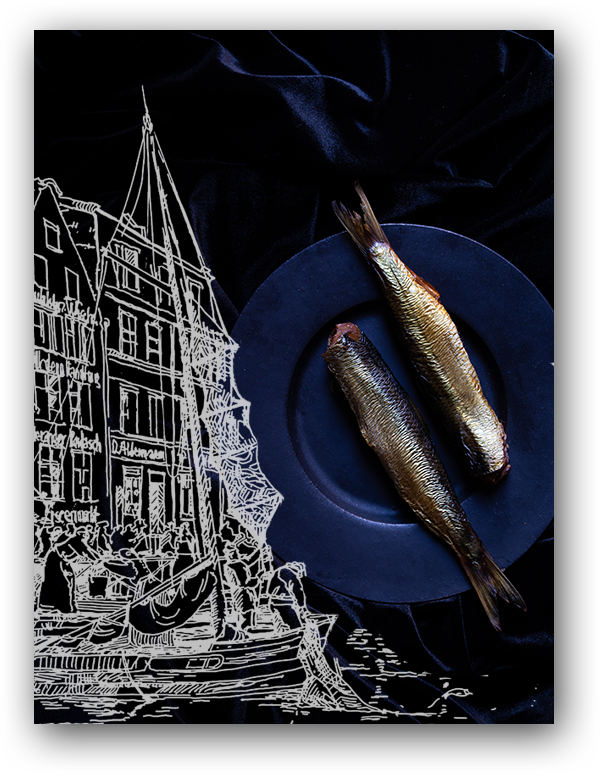
Learn more about Gdańsk marketplaces
Throughout centuries all of Gdansk resembled a marketplace. Some names of streets, squares and markets still reminisce of that to this day within the city, but some of them have been forgotten and hidden in the archives. When modernity overwrites history, these names continue to diminish, and with that so does the memory of the commercial splendor of this unique port city.
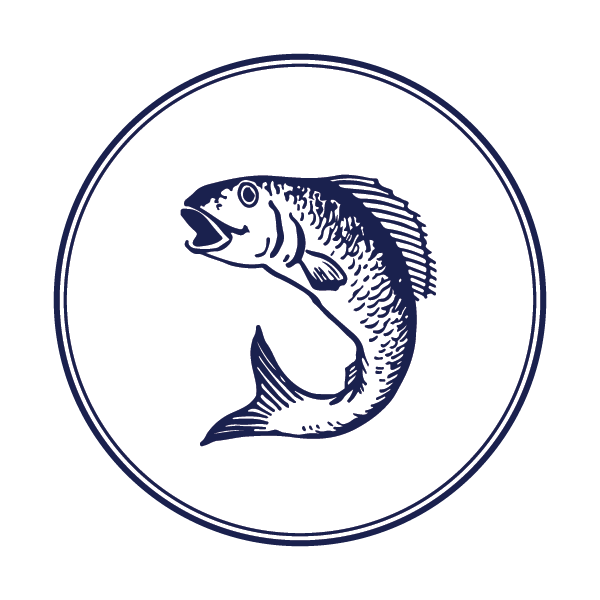
FISH MARKET
The market was established under the Teutonic privilege and was intentionally placed in this place, near the gates of the castle that was once here…
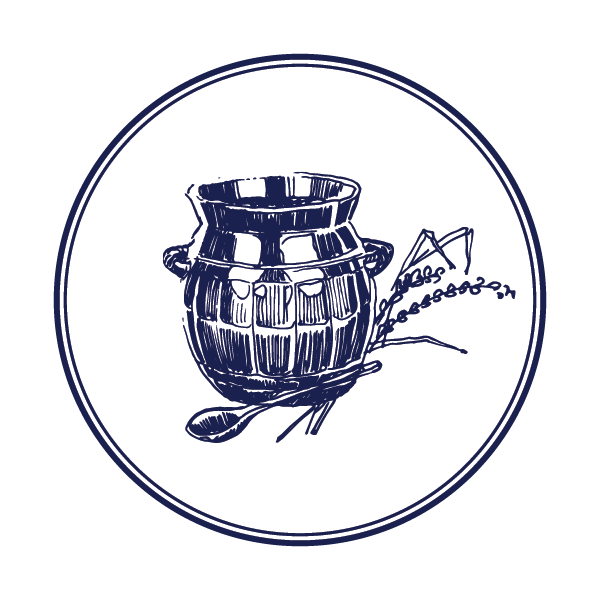
BUTTER MARKET
In the beginning the Butter Market was a beautiful square piazza surrounded by trees, and in its middle stood a scale…
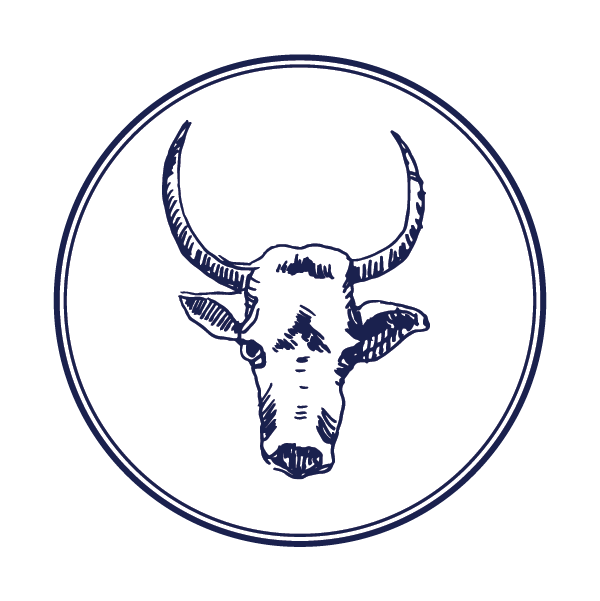
HAY MARKET
Initially named the Cattle, Horse or Oxen Market, after the animals, which were traded there…
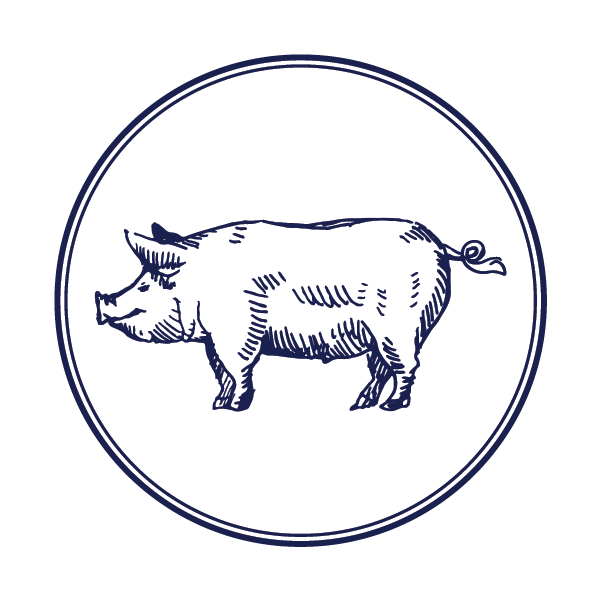
PIGLET MARKET
The Long Market was a trade route with an extension in the form of a market square where butter and bread were traded among others…
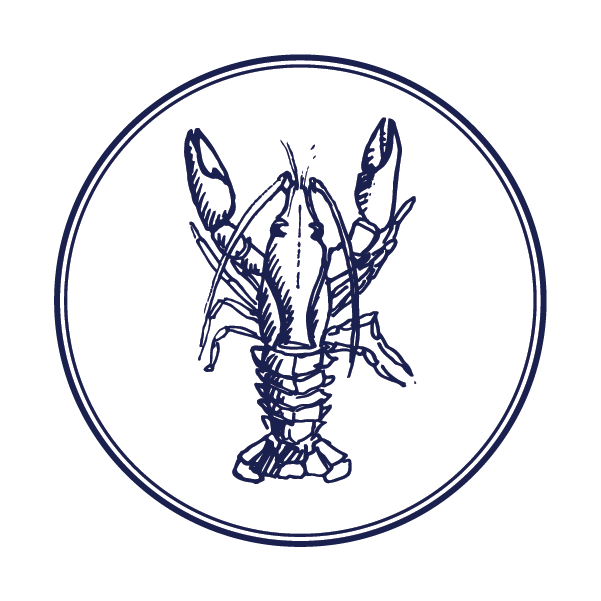
CRAYFISH MARKET
The crayfish traded here came primarily from the Kashubian rivers and lakes or from within the country…

WILD STRAWBERRY MARKET
At first, charcoal and timber were traded at the site of today’s roundabout with the statue of king Jan III Sobieski…
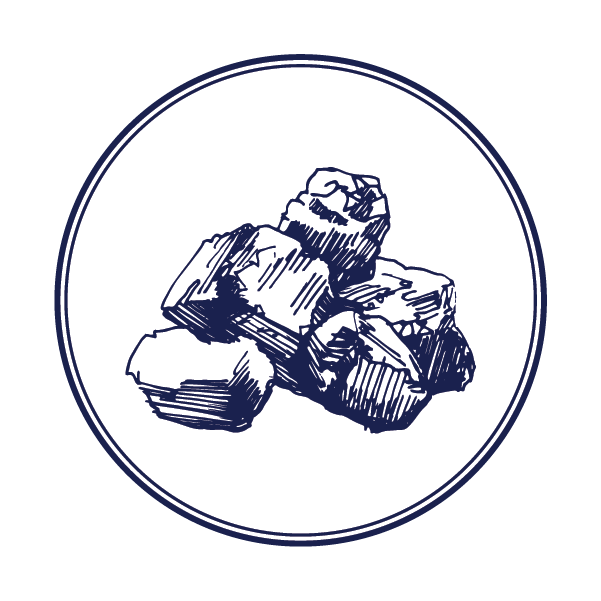
COAL MARKET
At the Coal Market, as the name suggests, coal was traded. However after the Dominican Fair has been moved outside the city walls, it gained a second name – Dominiksplan…
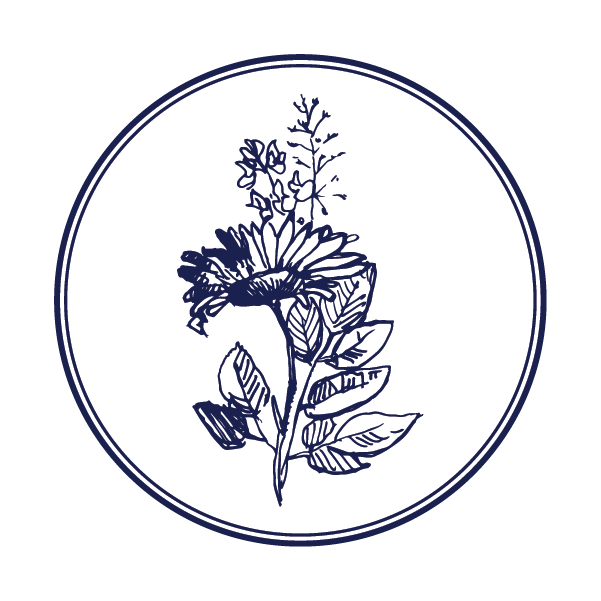
SNIFFER MARKET
The Western part of Chlebnicka street and the Eastern part of Piwna street formed the Sniffer Market until 1853 r. It was the only such market in Europe with such an unusual name…
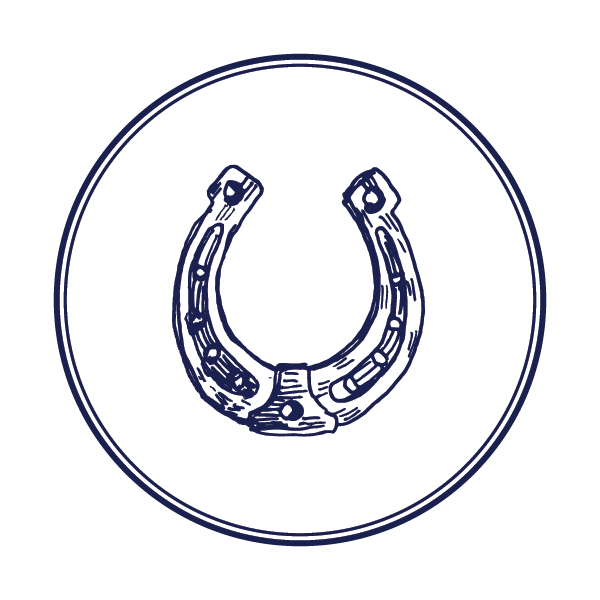
KASHUBIAN MARKET
There were really many market places in Gdańsk and one could meet Kashubians almost on every one of them, in particular at the Kashubian Market—place where Madison Shopping Mall stands today…
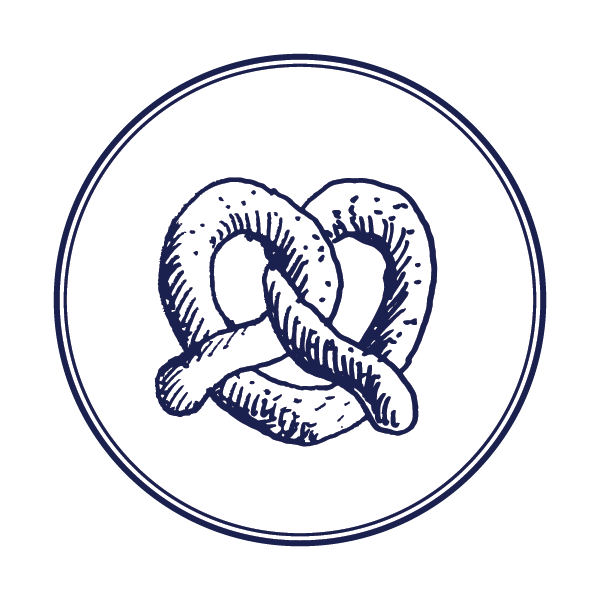
BREAD BENCHES
Bread in Gdańsk was sold in many places, but the best and of proper weight was on the Bread Benches…

BREAD MARKET
From mid 14th century in the middle of Św. Ducha street, bakers who were not members of the guild were allowed to sell bread at the Bread Market on Saturdays, free trade days…

MEAT BENCHES
There were many meat benches, alike the bread benches in Gdańsk. The most famous ones were those of Prawe Miasto, between Mariacka street and Św. Ducha; they had as many as 79 shambles…
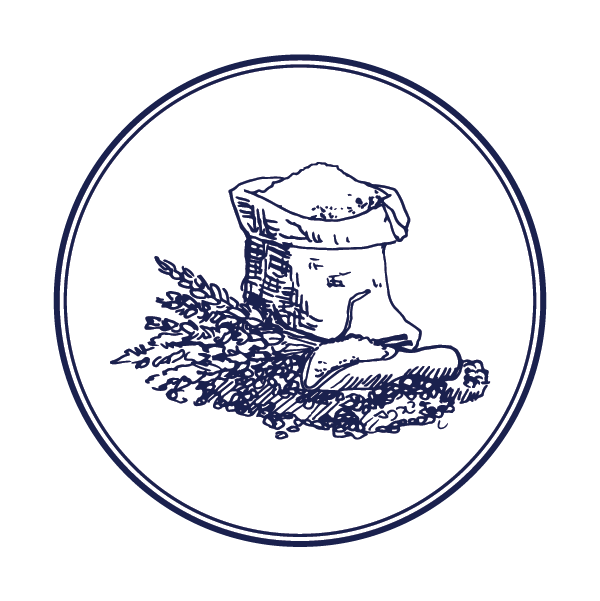
THE GREAT MILL
The first water grain mill built in this place by the Teutonic Knights in 1364 had burned down. Rebuilt and enlarged it later became the largest such facility in Europe…
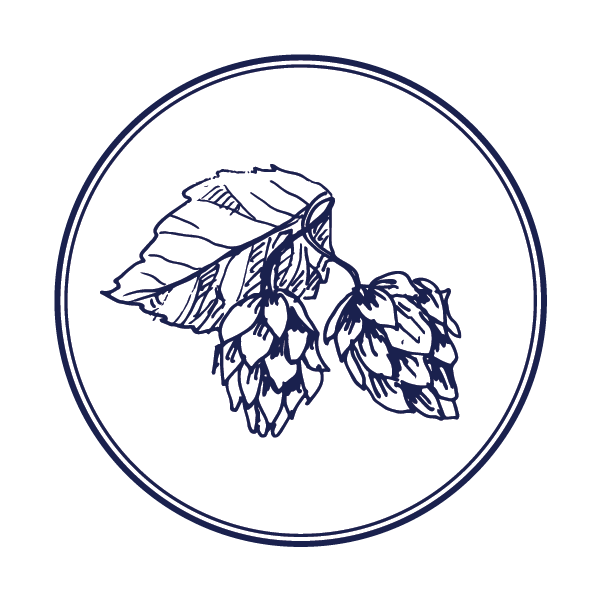
TRADE STREETS
Korzenna street was known as Pieprzowa (Pepper str.) since 1399, later as the Pepper Town (Pieprzowe Miasto). It probably took its name most likely from Turkish pepper and ground paprika, both sold there…
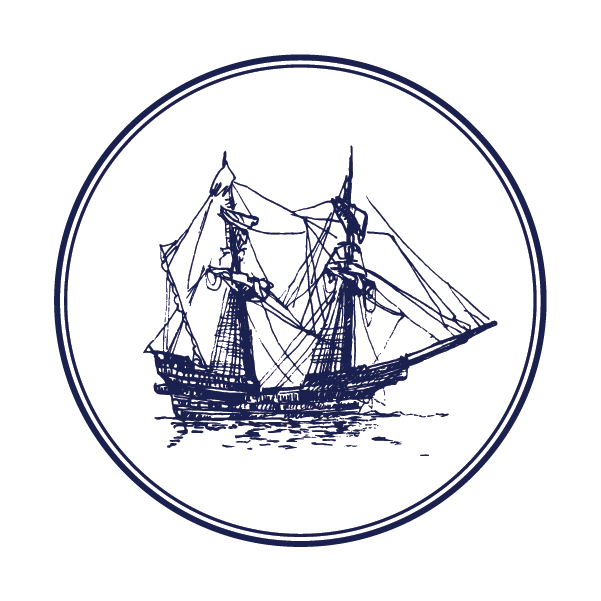
COLONIAL SHIPS
Gdańsk was an intersection of numerous water trade routes, both sea and river. Sea routes brought in numerous transports from other European and Baltic countries…


